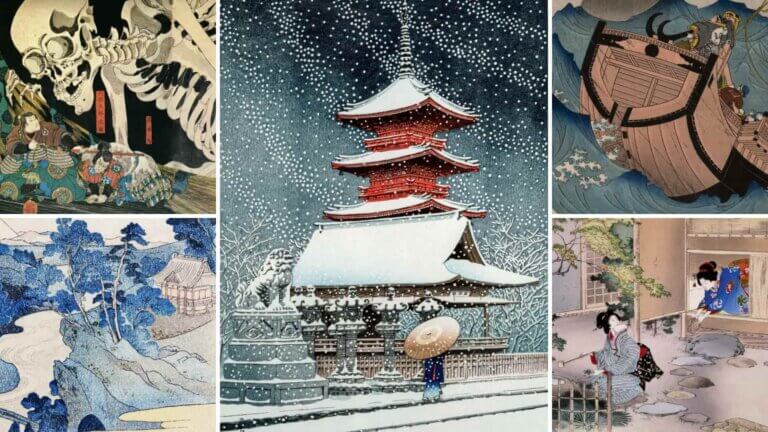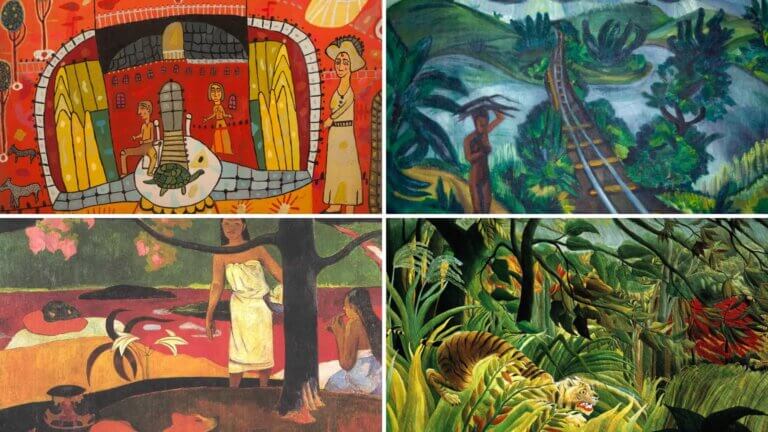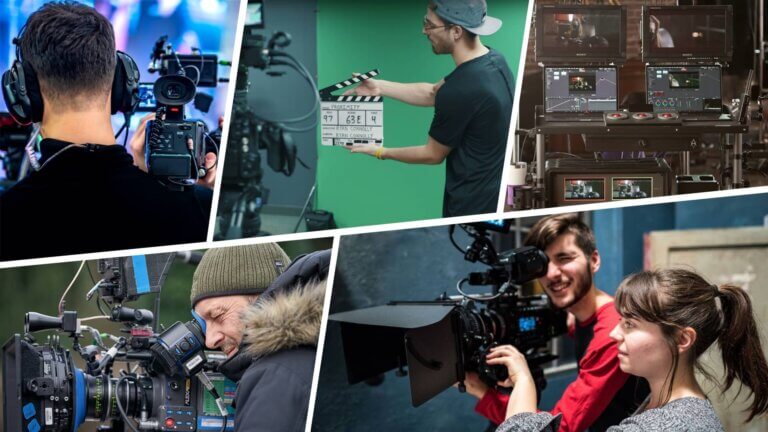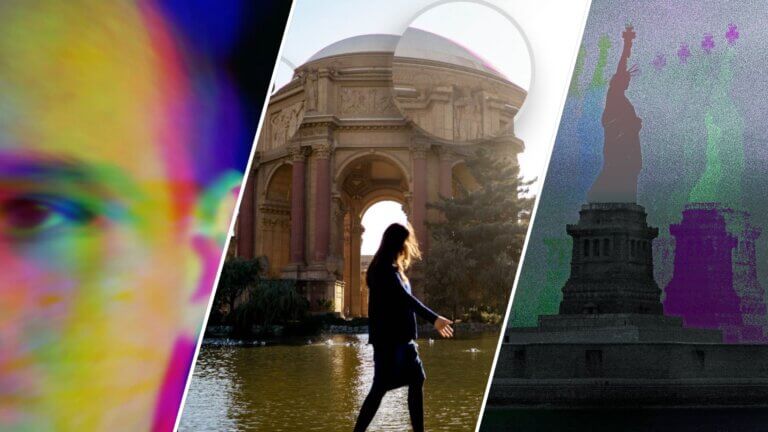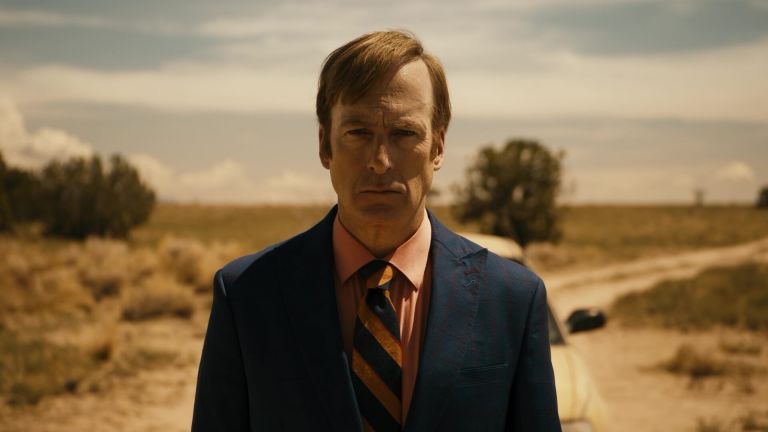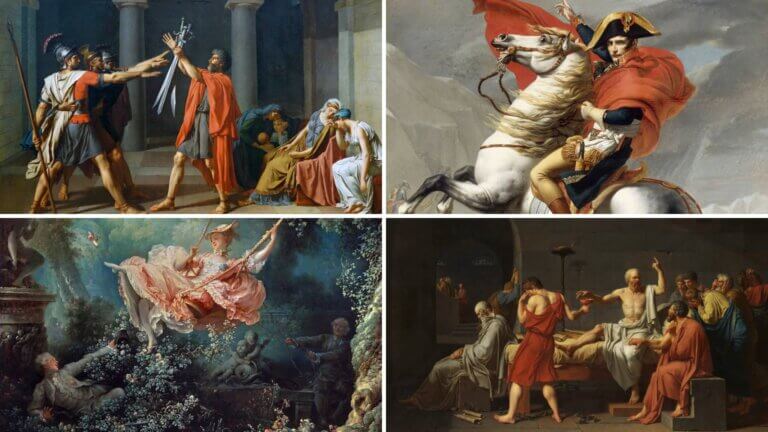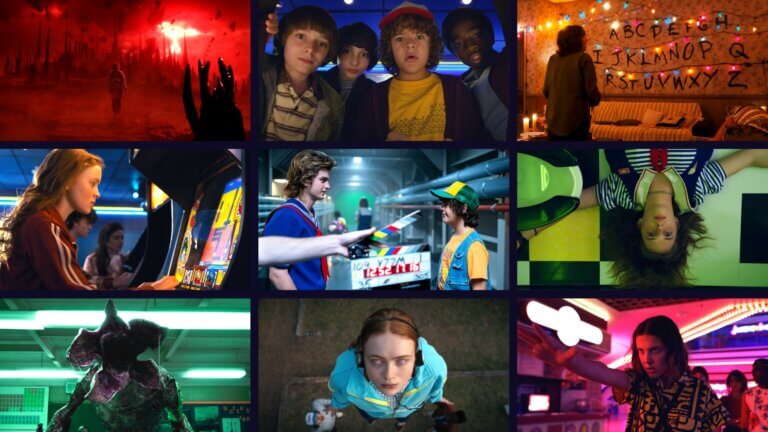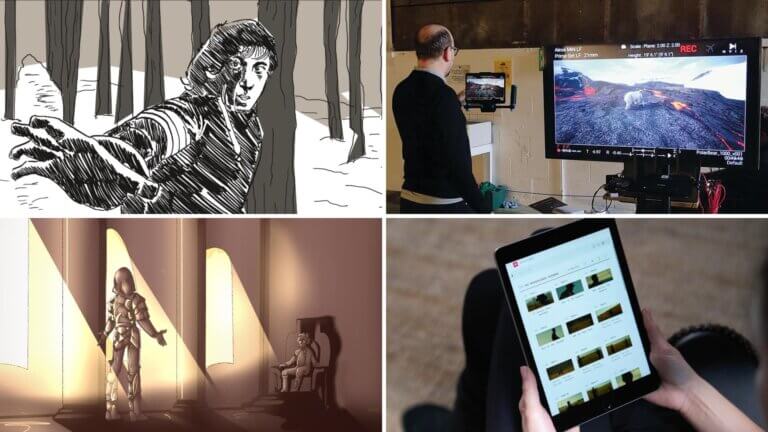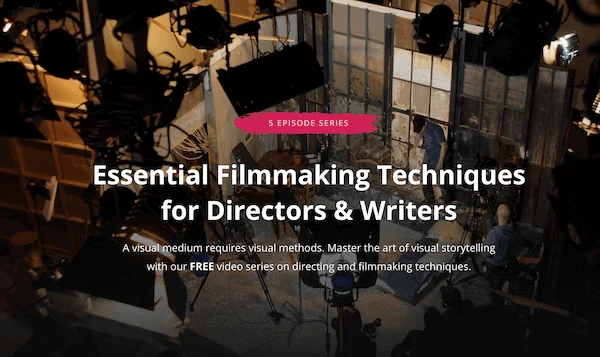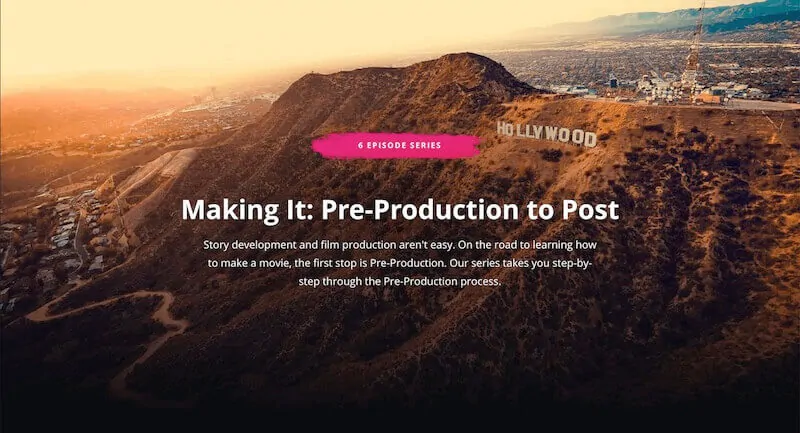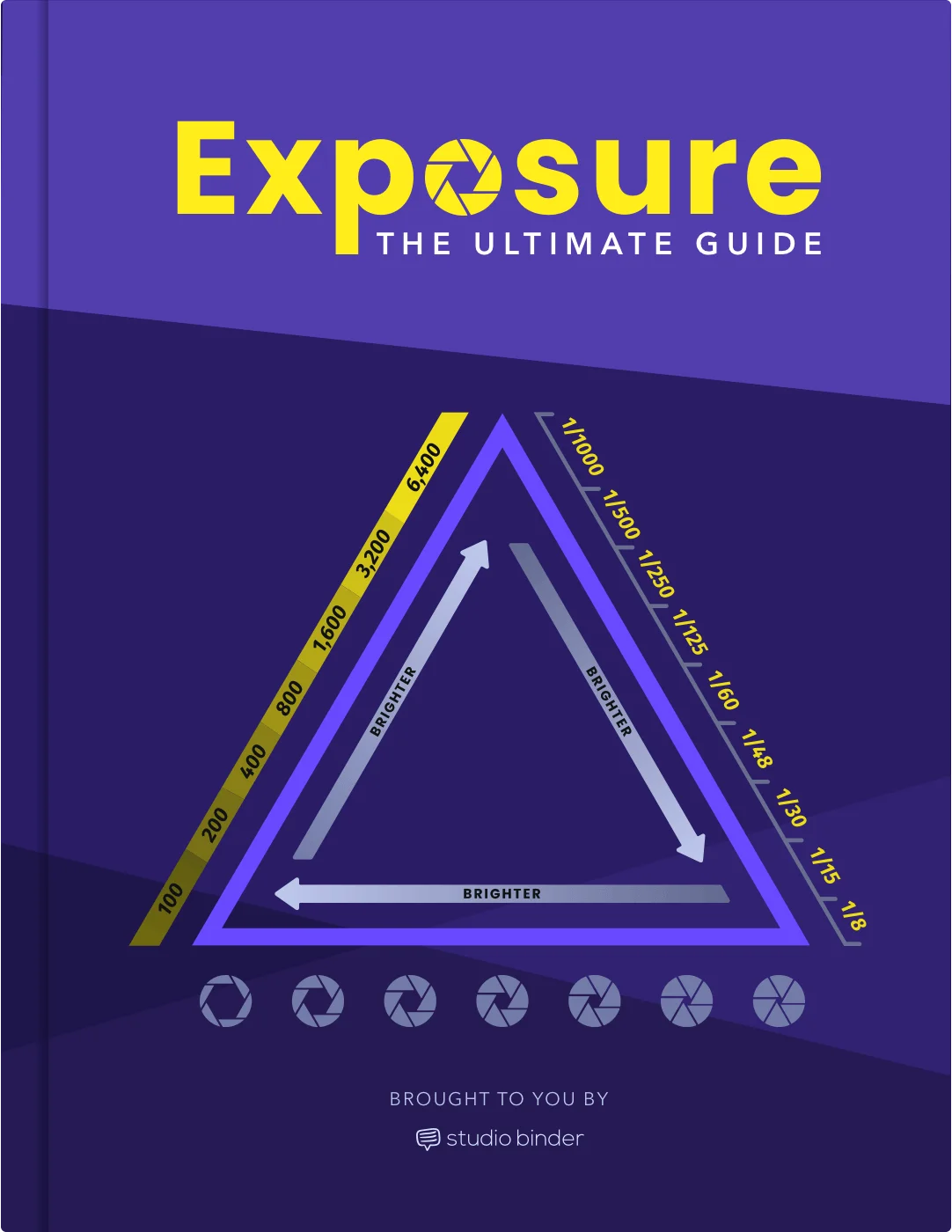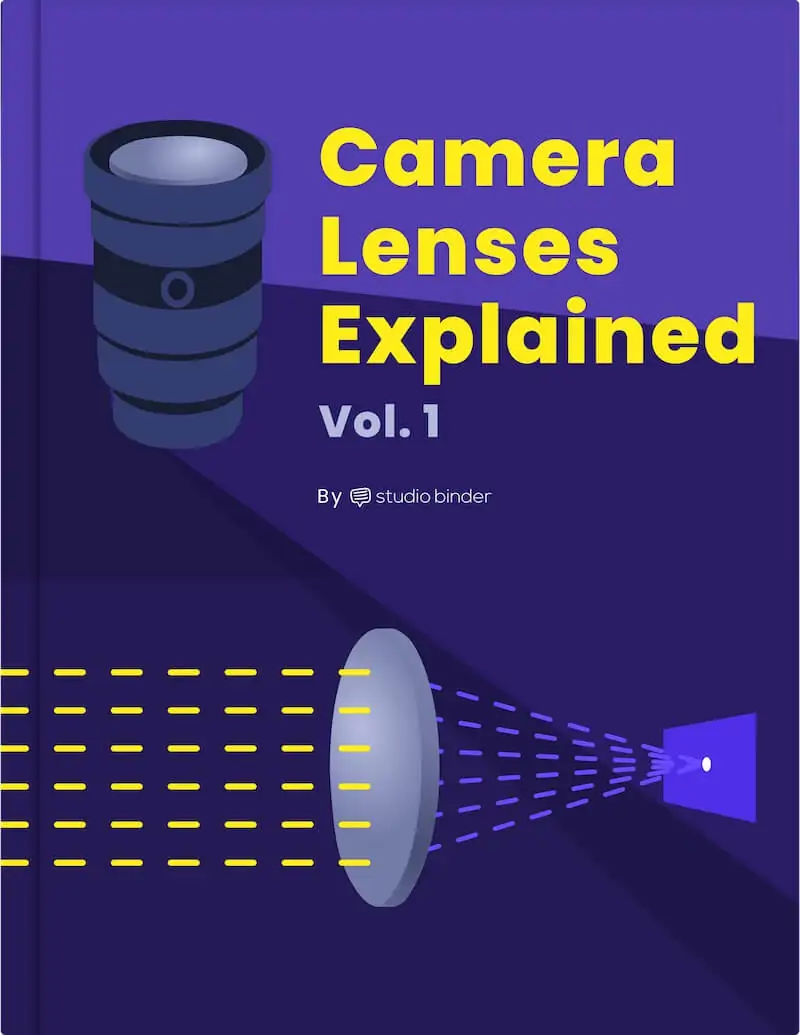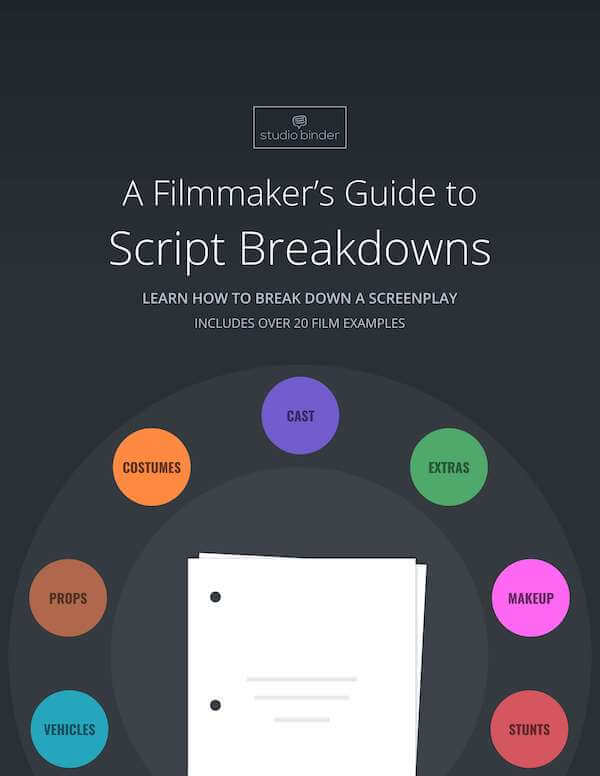Ukiyo-e was one of the most influential movements in all 0f Eastern art – but what is ukiyo-e? We’re going to explore ukiyo-e art by breaking down its definition – and by looking at some famous examples from Katsushika Hokusai, Kitagawa Utamaro, and more. By the end, you’ll know what ukiyo-e is and why it’s so important. Continue reading What is Ukiyo-e – Artists, Characteristics & Best Examples
What is Primitivism? The answer is complex and requires some historical and cultural context to fully understand. Primitivism bridges the gap between art and philosophy and has a tumultuous history. We’ll get started with an overview definition, then dig into the roots of the artistic style and the group of artists who pioneered it in order to develop a comprehensive understanding of Primitivism.Continue reading What is Primitivism — Movement, Style & Artists Explained
Filmmaking is an incredibly collaborative art form. It is only achieved through the collaborative efforts of various departments. While all departments are crucial to the success of a film, in this article we will be covering the camera department. What roles are in a camera department? What responsibilities does each position entail? What is the hierarchy of the camera crew on set? We’ll cover all of this and more.Continue reading Camera Crew Positions & Camera Department Explained
Have you ever snapped a photo, been incredibly happy with the composition of it, the lighting! But suddenly you become overrun with dread to see red and blue color fringing around your subject? This, my friend, is chromatic aberration. In this article, we’ll take a look at the chromatic aberration definition as well as what causes chromatic aberration and how it can be avoided. Continue reading What is Chromatic Aberration — Types and Examples Explained
Better Call Saul is one of the most critically lauded shows on TV — and its cinematography is a big reason why. The Better Call Saul cinematography excels in just about every area: lighting, framing, focus, camera movement. You name it, BCS knocks it out of the park. We’re going to break down the Better Call Saul cinematography by looking at some key technical/creative strategies. By the end, you’ll know why the show's cinematography is considered masterclass.Continue reading Better Call Saul Cinematography — How Visuals Elevate Story
In the middle-part of the 18th century, the art world ditched the gaudy baroque style and went back to the classics. This period (and style) is known as Neoclassicism; or Neoclassical art. But what is Neoclassicism really? We’re going to break down Neoclassicism by looking at its history, with examples from Jacques-Louis David, Angelica Kauffmann, and more. By the end, you’ll know how Neoclassicism began, and why it’s influenced artists around the world for hundreds of years.Continue reading What is Neoclassicism — Movement, Artists & Art Explained
You’ve most likely heard of breaking the fourth wall, a phrase which refers to when a character directly addresses the audience. The popularity of the term has recently given rise to a new, related term: breaking the third wall. So what is breaking the third wall, and how can it be used? Let’s look into it. Continue reading Breaking the Third Wall — Semi-Meta Examples & Techniques
What is world-building? And, more importantly, why does it matter? World-building is an integral element of storytelling that often goes overlooked and underappreciated. Good world-building might be felt rather than explicitly noticed, and a lack of world-building can leave a book, film, or video game feeling shallow. We’ll get started with a world-building definition, then explore when and why world-building is so important, and we’ll close things out by taking a look at some great world-building examples. Continue reading What is World Building — Definition, Examples & Techniques
Stranger Things is one of the biggest shows in the world – and its cinematography is a big reason why. The Stranger Things cinematography shifts between expressive and reserved to impart visual tone that matches the narrative. We’re going to break down why the Stranger Things cinematography is successful by taking a look at a few key strategies, from camera choice to lighting to lenses. By the end, you’ll know why the Stranger Things cinematography works so well, and how it was achieved through technical expertise. Continue reading Stranger Things Cinematography Explained — Camera, Lighting & Lenses
Filmmaking can be an incredibly daunting task. But it can be even more daunting with a lack of preparation. With all the moving parts that go into making a film from cinematography to production design to blocking, preparation is essential. One of the most common ways to prepare for a film is previsualization. What is previs or previsualization? How is it achieved? And why should you use it in your projects? Let’s find out. Continue reading What is Previs — The Art and Process of Previsualization in Film
